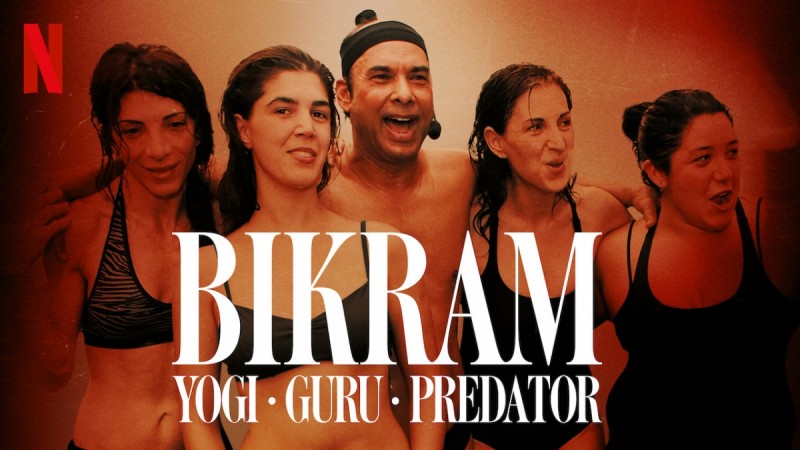Bikram: Yogi, Guru, Predator Is a Lesson in the Dangers of Hero-Worshipping
Written by Ian Thomas Malone, Posted in Blog, Movie Reviews, Pop Culture
I first learned of Bikram Choudhury’s less than stellar reputation while I was doing yoga teacher training in 2012. Much of the general disdain for Bikram as a person stemmed from his efforts to copyright his signature sequence of twenty-six yoga poses and two breathing exercises, which is always taught in the exact same order. Bikram didn’t actually create any of the poses, and accounts from India suggest that the sequence wasn’t of his making either. Beyond that, his reputation for sexual harassment and climbing on his students, as well as his company’s stranglehold on studios that wish to teach Bikram yoga, led my teachers to recommend that we avoid any affiliation with his name.
The new documentary Bikram: Yogi, Guru, Predator sheds light on the most egregious behavior from the founder of the craze that helped popularize yoga in America. The film includes many accounts from students and teachers with first-hand experience with Bikram, as well as many of his accusers. Through the narrative, a simple pattern emerges. Bikram is a grifter and a creep, a very talented one at that.
Though Bikram himself unsurprisingly does not appear in the documentary, archival footage from past interviews paints a compelling portrait of his character. Bikram chased wealth, and believed himself to be above any notion of consequence. He made his fortune through expensive teacher trainings and licensing his name to studios who wished to teach his practice.
Where the documentary is less effective is in explaining the simple fact that association with Bikram is a choice for yoga teachers, not a requirement with which one’s livelihood hangs in the balance. This puzzling dynamic is repeatedly on display throughout the documentary, particularly with interviewees who don’t have harassment allegations against Bikram. Many knew he was a bad guy and chose to remain affiliated with him anyway, not because they had to, but because they wanted to.
These people could have opened up studios of their own, teaching practically any other style of yoga, incorporating all the poses that Bikram teaches, just as countless other studios do. Much of the narrative centers around why all the people stayed in this destructive clique, victims or otherwise. To some extent, it’s refreshing to see people unafraid to be openly conflicted about a man they’d put on a pedestal for so long.
There’s a certain urge to call the nature of the Bikram yoga circle messy, people who came together ostensibly to improve their own lives and their health. The documentary isn’t interested in differentiating sinners from saints, presenting the conflicted feelings of Bikram’s victims alongside those who remain devoted fans. For those who don’t want any part of that, there is, and always has been, alternative ways to practice yoga.
Bikram is a destructive force in the yoga world, but the documentary makes a compelling case that many of his followers aren’t particularly faithful to Krishnamacharya either. Plenty of people practice yoga to improve their lives. There are many who go to the studio simply to show off their beautiful bodies encased in expensive leggings. Viewers will undoubtedly be turned off to Bikram yoga as a style, but the broader takeaway should be to be cautious of those who practice yoga not out of mindfulness, but self-interest and greed.












